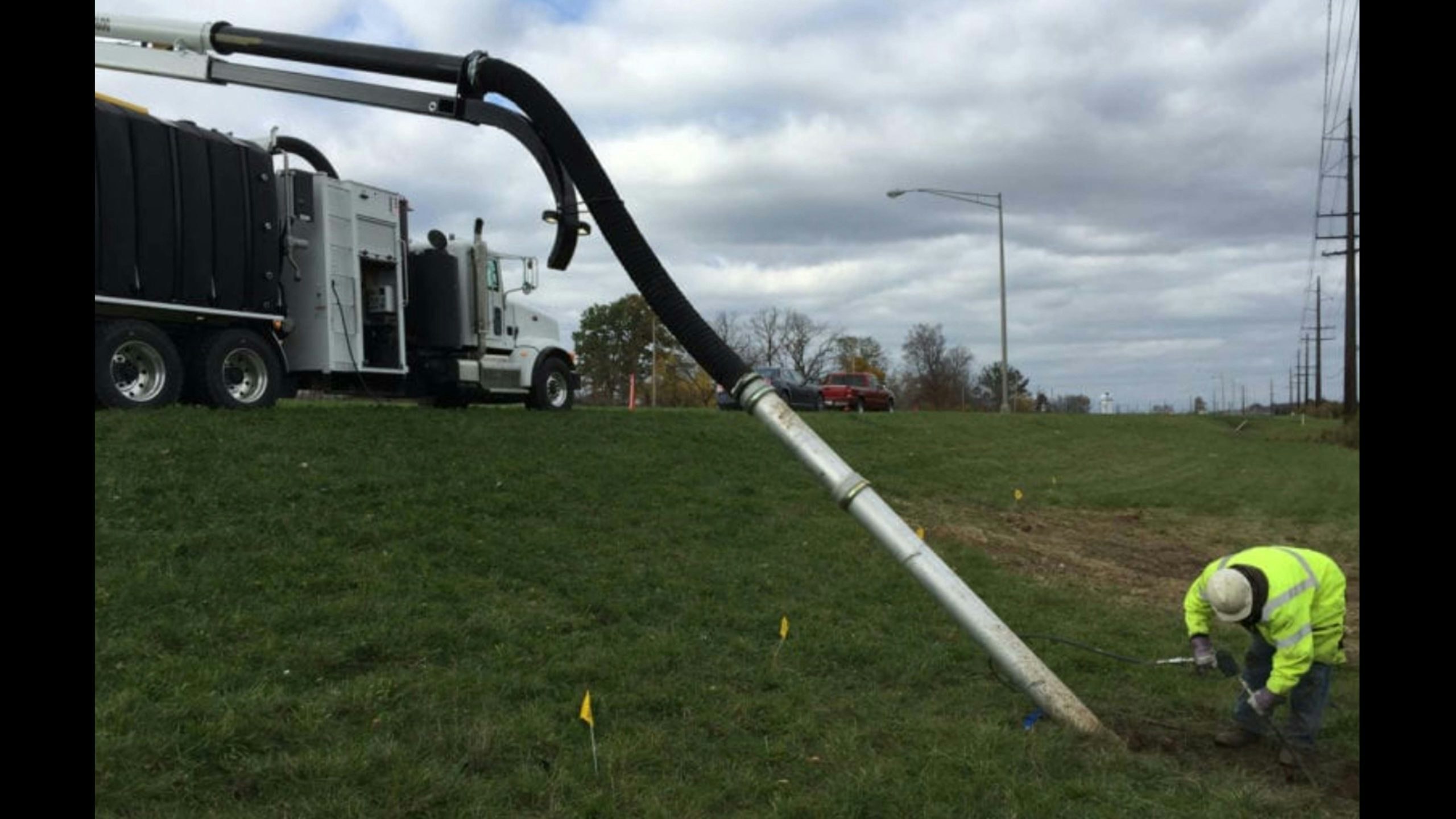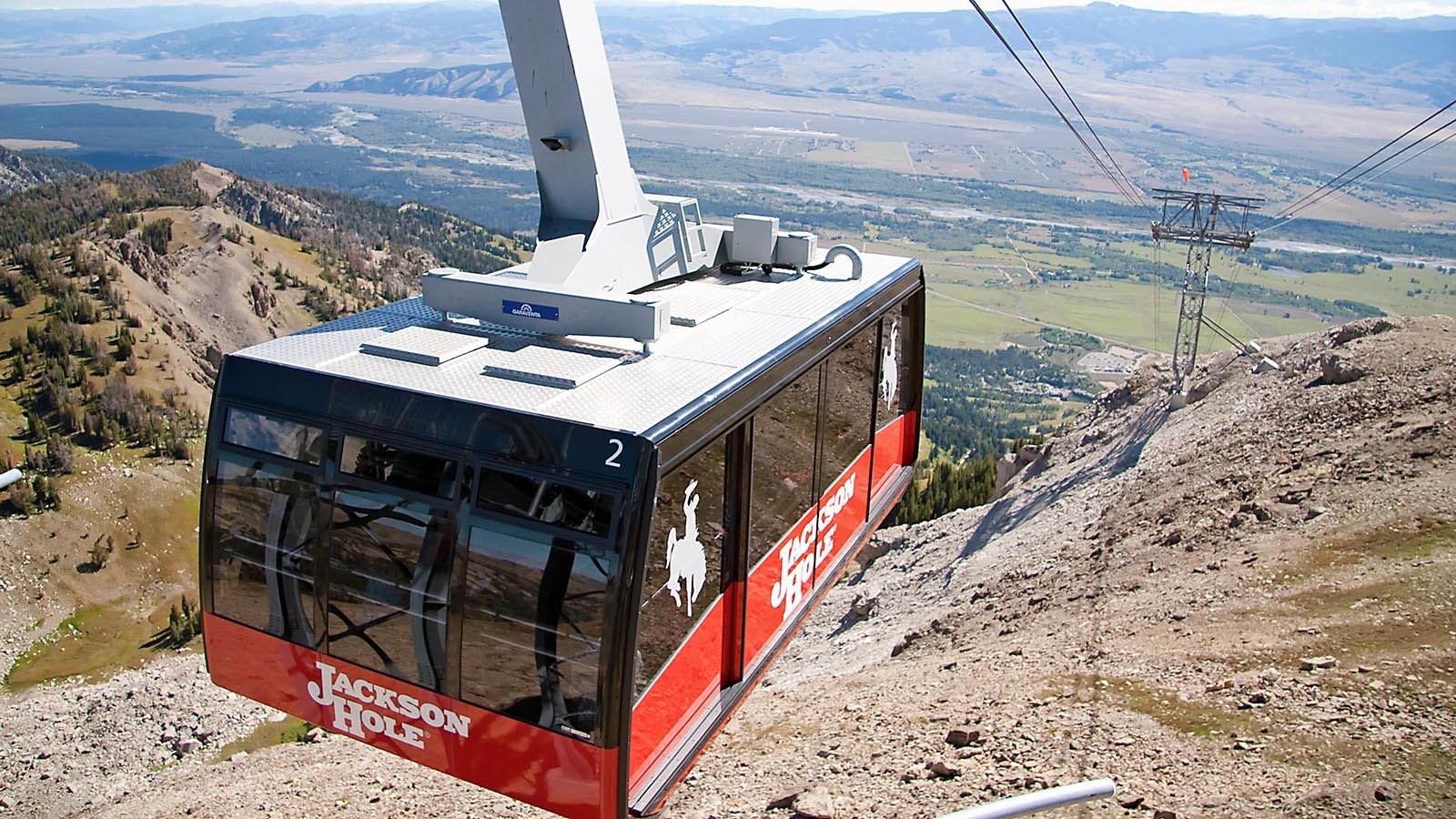Willing to work hard and interested in a business opportunity? How does making a buck by vacuuming up live prairie dogs sound?
For more than three decades, that was a cornerstone method used by Dog-Gone Prairie Dog Control, founded and run by Gay Balfour of Cortez, Colorado.
“I still have all of my equipment. If you find somebody who is interested, I’d sell it to them at a reasonable price,” Balfour told Cowboy State Daily during a telephone interview on Friday.
At age 81, he’s finally ready to retire.
Divine Inspiration
In 1991, Balfour was struck by the ingenious idea of modifying a sewer-cleaning truck into a gigantic varmint vacuum machine. He figured out how to use the truck’s suction power to pull prairie dogs right up out of their holes alive, at velocities approaching 50 miles per hour. However, he also fashioned the machine to slow the critters down as they approached a padded holding chamber inside the machine, so they could be captured alive.
He said the idea for the vacuum truck came to him in a dream, for which he credits his faith.
“I asked the Lord for help,” and had the dream one night a short while later, he said.
The next day, he found the truck for sale at a nearby municipal wastewater treatment plant.
Prairie Dogs vs. The Air Force
This seemingly bizarre, but effective approach drew attention; Balfour and his rodent-sucking gadget were featured in stories by several major media outlets over the years.
He said that he and his crew were once called by the U.S. Air Force, to clear out some prairie dogs that had been tripping alarms at Buckley Air Force Base near Aurora, Colorado.
“They (prairie dogs) can mess up a farmers’ field, and they can also mess up a secured military base,” he said.
Other Means Of Control
Balfour said he did brisk business in Colorado, Nebraska, Kansas and Texas. He never had any customers in Wyoming, but added that if the right entrepreneur takes up the torch, it could be possible to make varmint vacuuming profitable in the Cowboy State.
Along with some work on farms and ranches, the Dog-Gone vacuum truck was popular at construction sites for subdivisions or city lots that had become overrun with prairie dogs.
In addition to suction, he said pumping sudsy foam into prairie dog towns turned out to be an effective non-lethal culling method.
“The foam is non-toxic” said Balfour, who is adamantly against using poison or gas, because he thinks those threaten the environment.
“In a way, the foam was better than the vacuum. You still have to deal with fleas on the dogs when you vacuum, but with the foam, the fleas drown,” he said.
“We would pump the foam into the dens. The prairie dogs come up through the foam, and we’d grab them by hand,” he said. “Most of my crew wore gloves. I didn’t. I’ve been bit a few hundred times in my career.”
He also wasn’t opposed to shooting prairie dogs when circumstances called for it. However, he said he used only non-toxic, lead-free ammunition, to avoid poisoning hawks, eagles or other wild creatures that would come to feast on the dogs’ remains.
“What I do is not just grabbing a box of .22s, a six pack of beer and going out to shoot prairie dogs.”
Despite being out to get them in one way or another for all those years, Balfour said he likes prairie dogs and respects the role they play in the ecosystem.
“Most people don’t want to get rid of prairie dogs, and I don’t blame them. They’re neat animals,” he said. “But with farming and ranching operations, it’s a different story. Prairie dogs in the middle of that isn’t a good mix.”
Insights Into Disease?
Balfour would provide prairie dogs – live or dead – to help feed black-footed ferrets at wild ferret recovery sites, or give them to research facilities. He would frequently have the animals tested for bubonic plague – a potentially lethal disease prairie dogs are known to carry and which can infect humans. Samples were sometimes sent to the Centers For Disease Control to help monitor the disease’s prevalence.
He would also keep some prairie dogs in captivity at his property. That included some he claims survived healthy for many years after recovering from the plague, which almost always kills prairie dogs. Sample from those animals might have helped gain greater insight into disease immunity, including for humans, he said but the CDC never seemed interested in pursuing it.
Looking For The Right Buyer
Balfour would love to continue his prairie dog control, but age has finally caught up with him.
“This isn’t a cushy job. This is really hard work,” he said.
He and his wife have a large family, but none of them seem interested in inheriting Dog-Gone Prairie Dog Control. So, if the right person or people who share his ethics of “doing the right thing” came along, he’d be willing to make a deal – and pass along knowledge he’s kept to himself so far.
“I’d like to see somebody take an interest in this,” he said. “I’d train them up the wazoo.”





